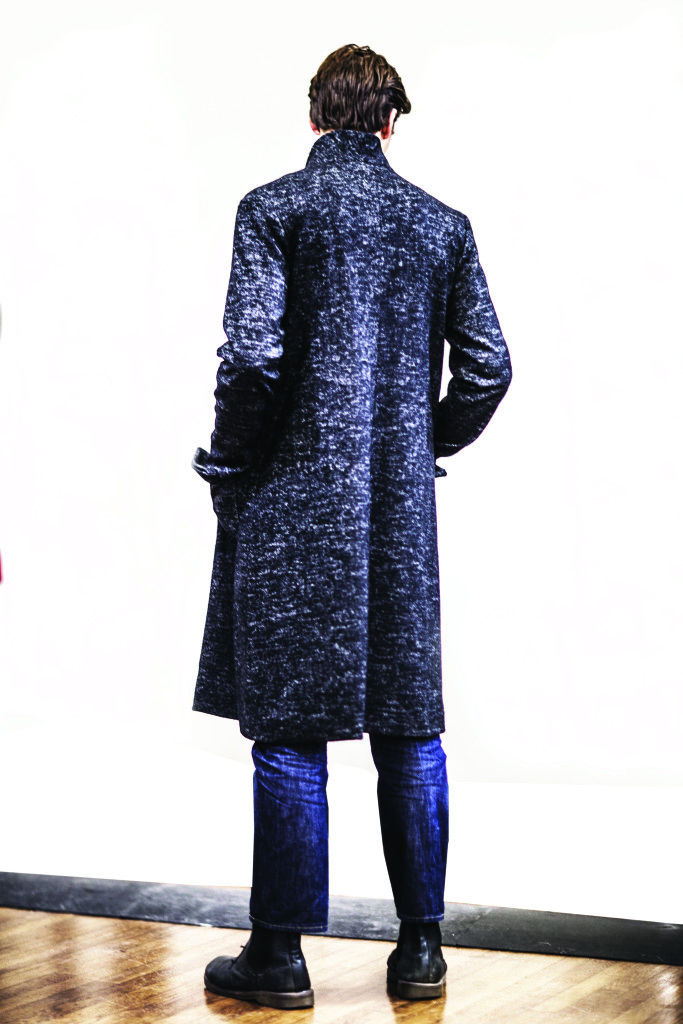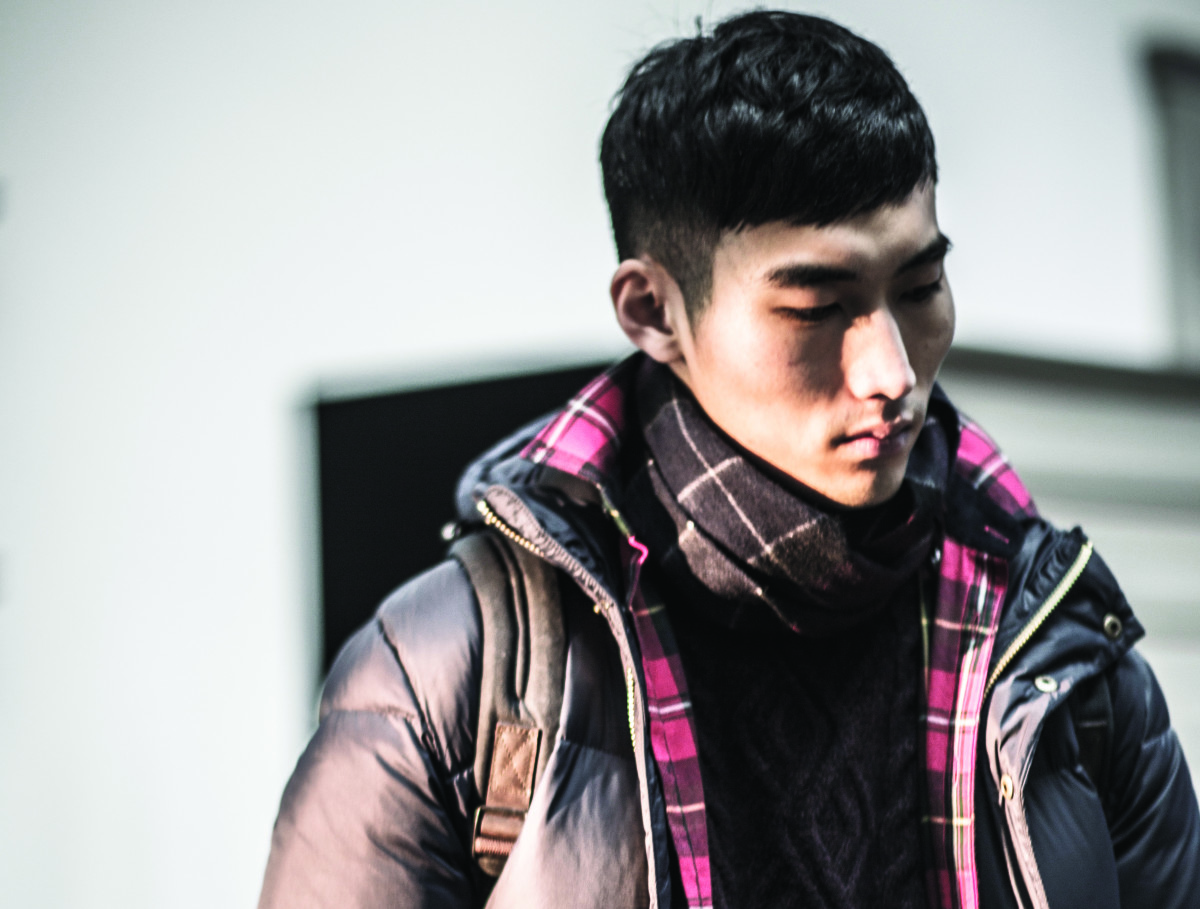WEATHER OR NOT: RETAILERS & VENDORS REFLECT ON THE OUTERWEAR BUSINESS

 By Karen Alberg Grossman and Brian Scott Lipton
By Karen Alberg Grossman and Brian Scott Lipton
To sum up the fall ’15 outerwear season in a word, we might choose “disastrous.” Jacqui Arqueta, president and creative director of Weatherproof, selected something more diplomatic. “We’d say ‘sluggish.’ Our classics continued to sell through: microfiber, soft shell, lightweights. After holiday, down- and poly-filled picked up considerably.”

According to most retailers and vendors, outerwear business was down in both sales and price points thanks to the unseasonable weather. “The weather killed it this year,” says Ken Duane of PVH. “So especially at the discount and off-price tiers, some stores will pack away excess inventory, which will impact buys and production for next year.”
Still, a few retailers and vendors report some decent selling periods in 2015. As chairman of the largest coat company in America, Morris Goldfarb of G-III has learned that despite precarious weather conditions, fashion will always sell early in the season. This past winter was no exception: early (through mid-October) sales were very strong in fashion wools, novelties and coats with texture and color. “We timed our core basics to come in later and it worked in our favor,” he says.
He goes on to explain that in 2014, wool trended down due to an industry-wide lack of creativity. “When a category becomes tired, the business is driven by price. So for 2015, we became very aggressive with our fashion wools, as well as transitional products like soft shells and rainwear. The result: although it wasn’t cold enough and stores didn’t sell enough, we still had a record year.”
At Barbour, general manager Tom Hooven also reports a good year, describing the company’s greatest challenge as “maintaining an inventory of temperature-appropriate products in order to fulfill quick-response orders. Our seasonal reorders were equal to 2014 levels.”

Especially at the upscale level, strong fashion offerings sold well and could have bolstered margins had retailers not resorted to steep markdowns so early in the season. Says Ken Giddon at Rothmans in NYC, “We had great stuff from Corneliani, G-Lab and Save the Duck. We did well with not-too-heavy quilted styles from Victorinox. Barbour did very well, as did multi-textured looks from a German brand called Handstich. Their outerwear was different; people really liked it. It sold early and we actually had to reorder. The biggest problem is that department stores panicked early. January through March will be cold. If they hadn’t lowered prices so dramatically so soon, we could be selling at only 20 percent off in January and February.”
At Larrimor’s in Pittsburgh, owner Tom Michael says his best-selling outerwear was topcoats. “But that’s because we ran a promotion in July: 100% cashmere topcoats that were normally $1,995, we sold for $1,475. Customers could order in July and take possession in October. After that, Barbour was our best-selling collection in units and dollars, followed by Canada Goose.”
At Save the Duck, Alex Abitan reports that anything novelty in fabric and design (pattern) sold well, especially prints! Wally Naymon, owner of Kilgore Trout in Cleveland, confirms the importance of fashion offerings. “What did best for us were transitional weights and vests. Also, leather was a surprise, and cool shearlings.”
Another hot category in several upscale stores was wearable tech. Darien Sport Shop EVP/DMM Tom Whitney singles out jackets from Gyde Supply Co. that feature hidden heating elements.
As Gyde’s Tom Nolan elaborates, “The technology has been around for a while but in unappealing models. We made them aesthetically beautiful. We feature heating elements in chest, back and neck; a portable battery (that comes with battery charger) lasts eight hours and can be controlled from a phone or Bluetooth. We own all the patents. We thought the customer would be hunters and fishermen but it’s actually soccer moms and dads.” (Suggested retails are $299 for vests, $349 for jackets. Soft shells are $249 and fleece is $279.)
Retailers and vendors preparing for fall ’16 are optimistic. “I still think there’s plenty of trend in outerwear for fall ‘16,” says Macy’s Inc. VP and fashion director Durand Guion. “However, the focus has to be on lighter weights and a more transitional point of view, especially through Q3.”
Says Abitan, “We’re updating our fit to a slim European silhouette but understandable to the North American market. We’re introducing better fabrics at affordable prices and launching high performance fabrics (“Pro-Tech”) at slightly higher retails.”

The story is similar at Weatherproof. “Going forward, we’ll continue to play off a rugged feel, but with more of technical edge,” says Arqueta. “Things are definitely getting sportier.” And from Daniel Montelongo at Hawke & Co, “We’re adding several new updates to our packable down and we’re expanding our Hawke Extreme line which, at the same price points ($175 ticket), is more technical. The consumer has also asked for more branding, more reversibles and more waterproof options, so we’re giving them what they want.”
Not a bad idea.



 By Karen Alberg Grossman and Brian Scott Lipton
By Karen Alberg Grossman and Brian Scott Lipton